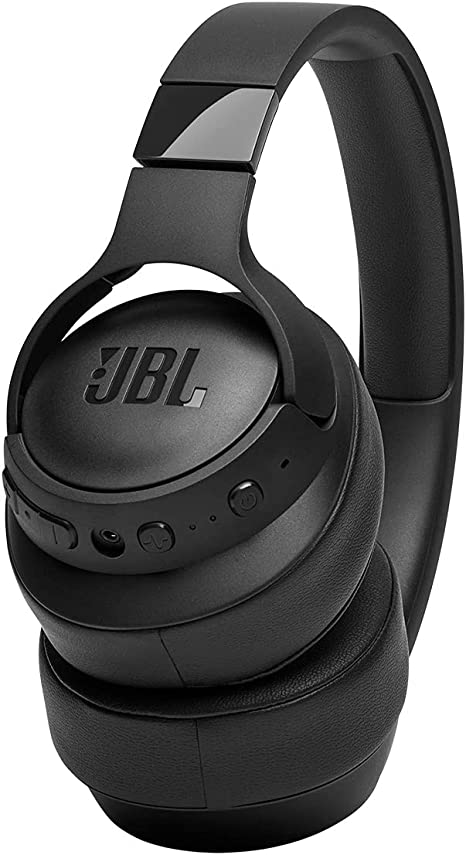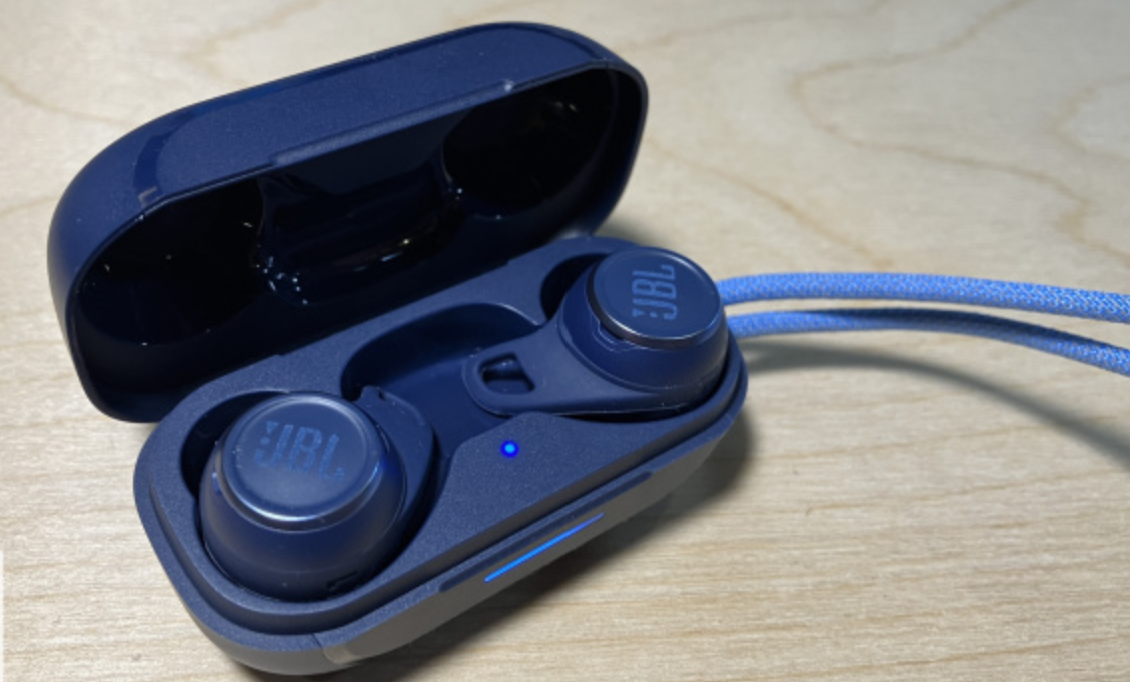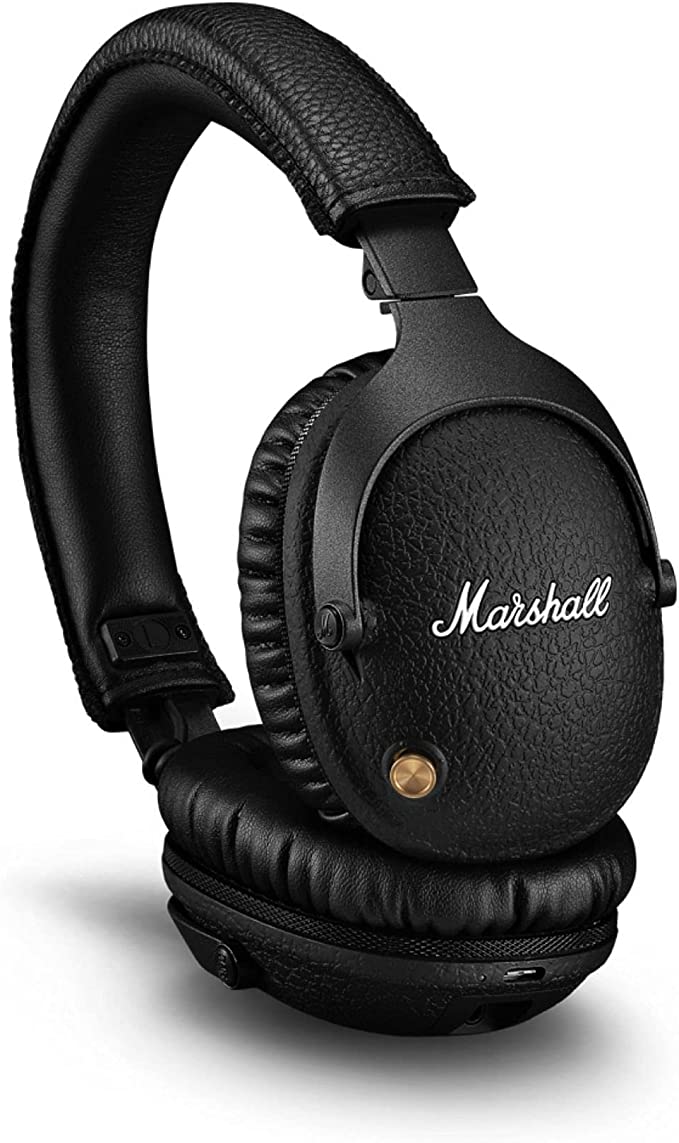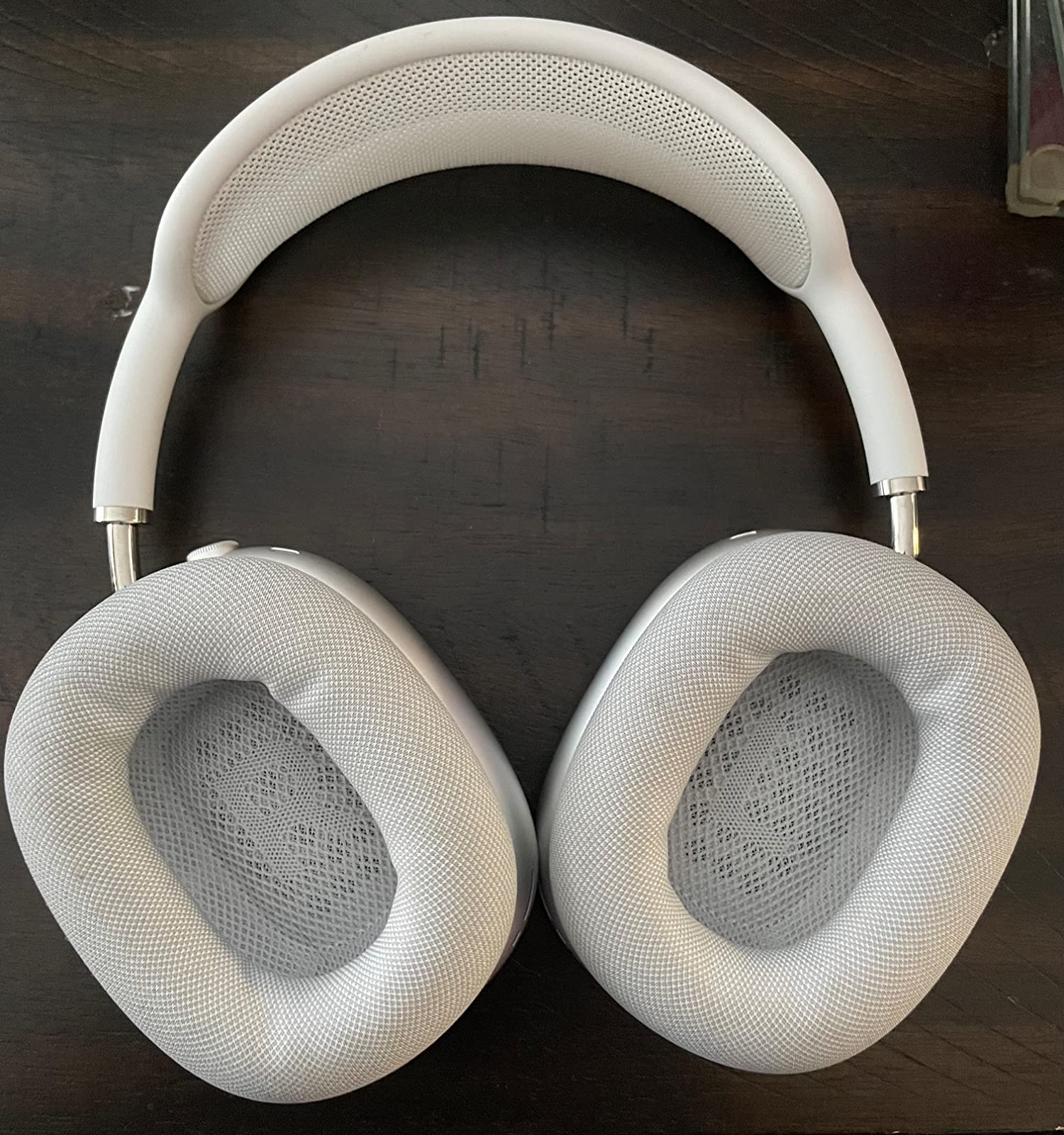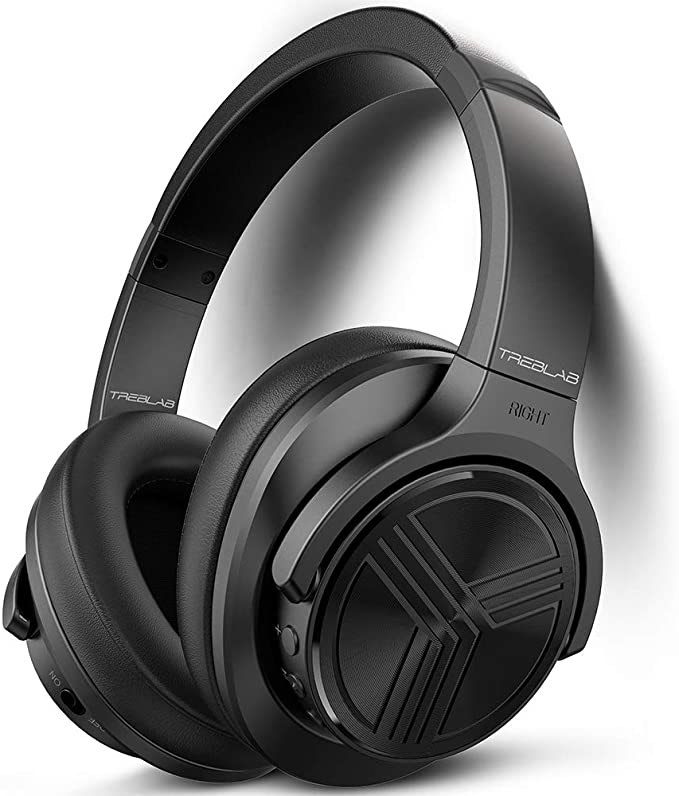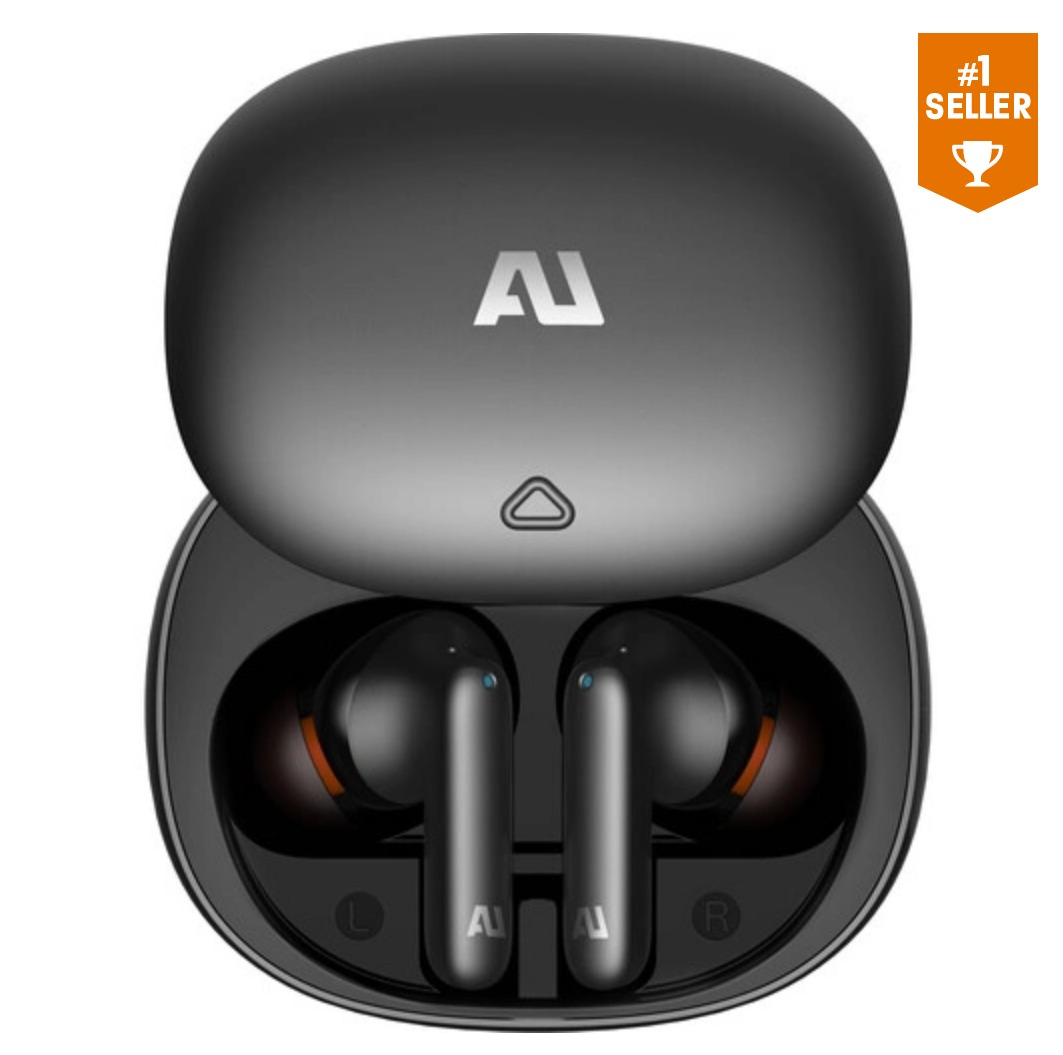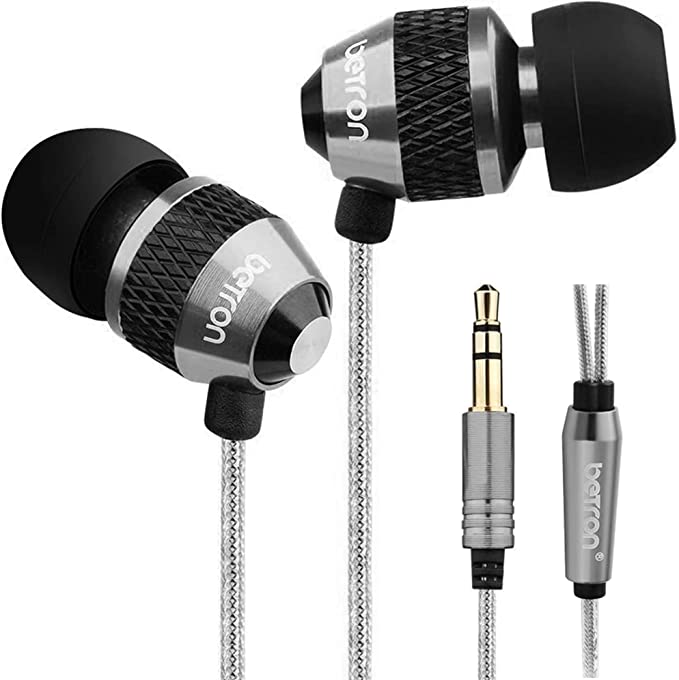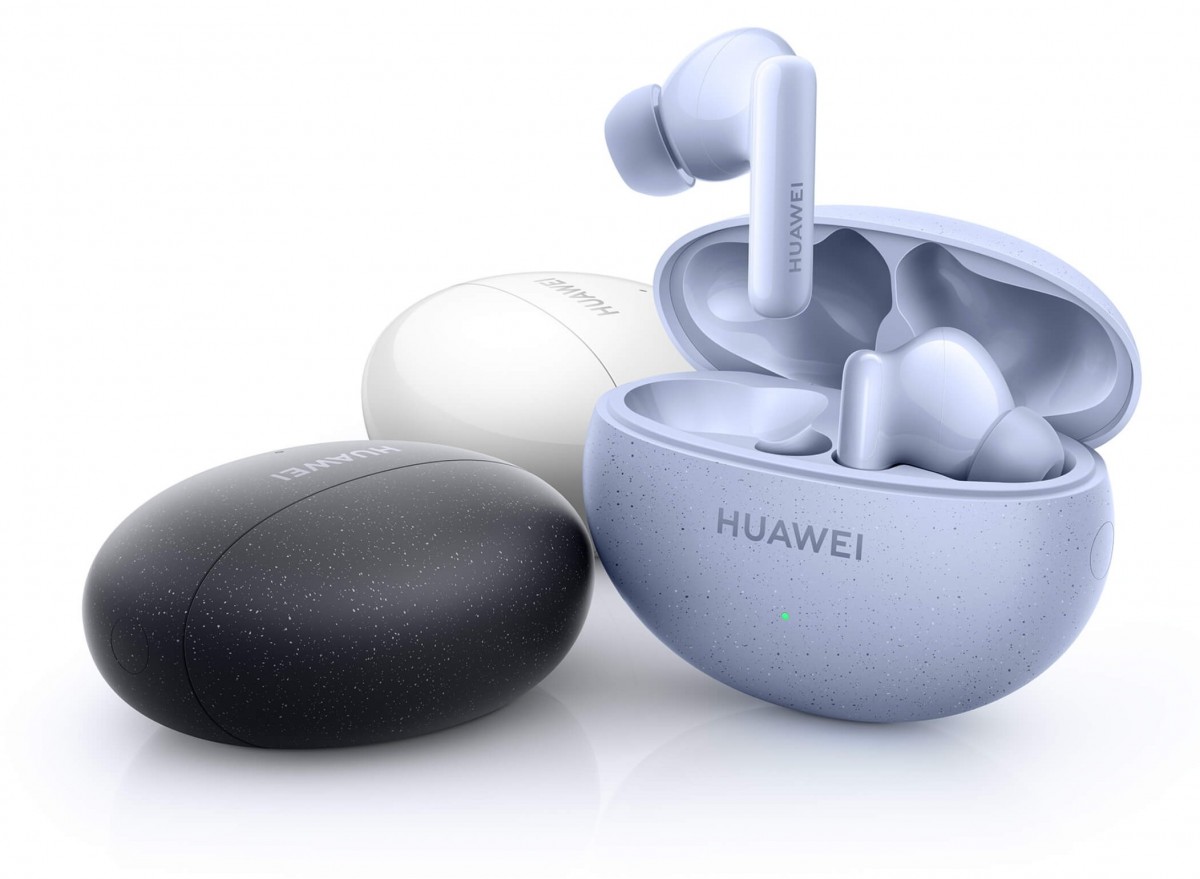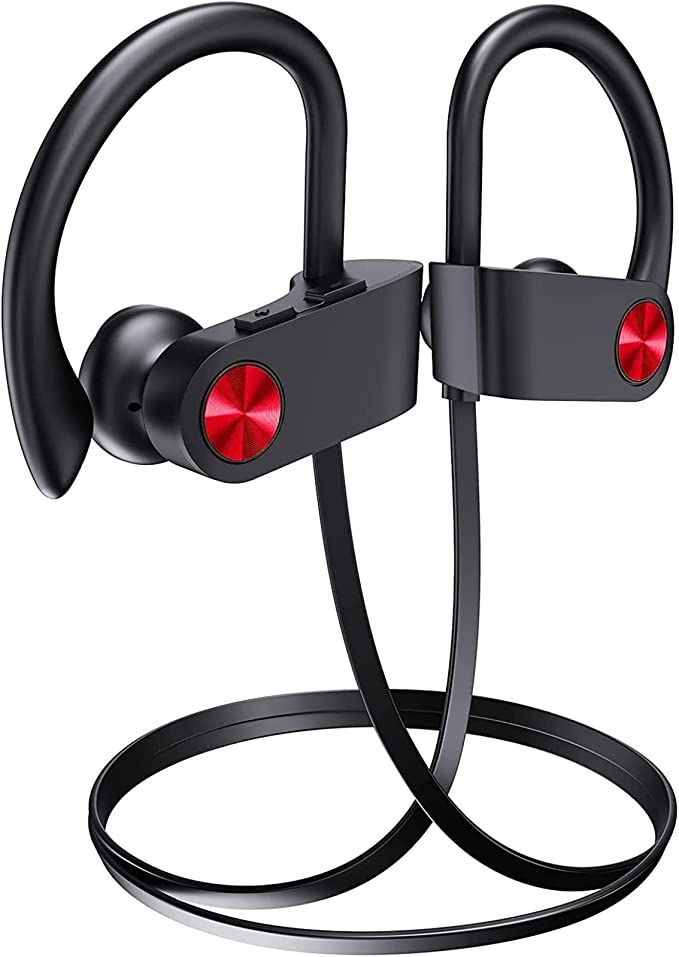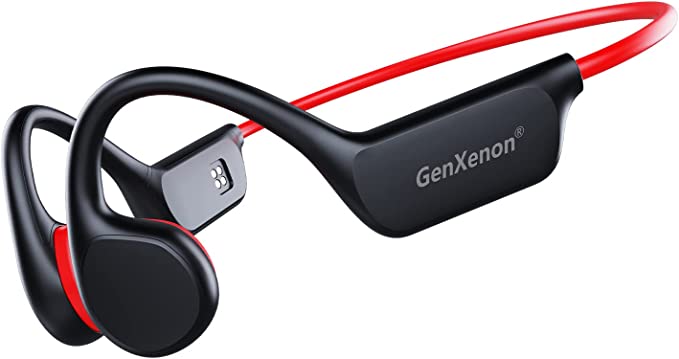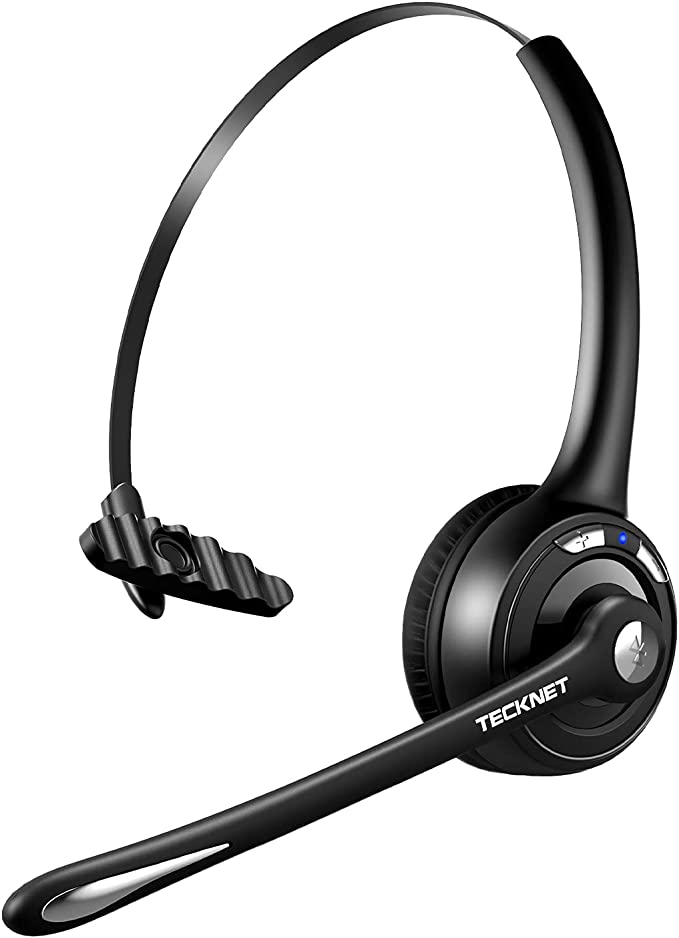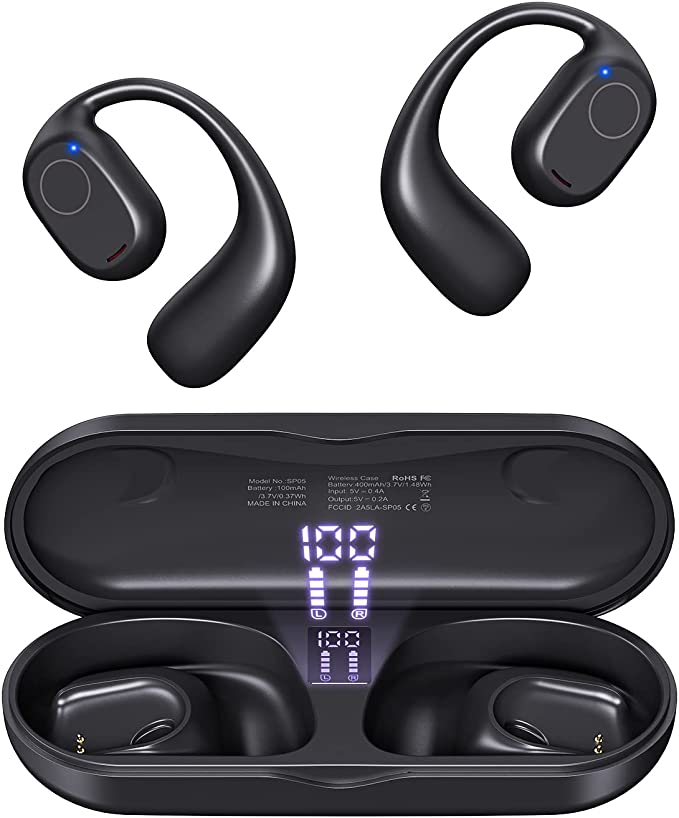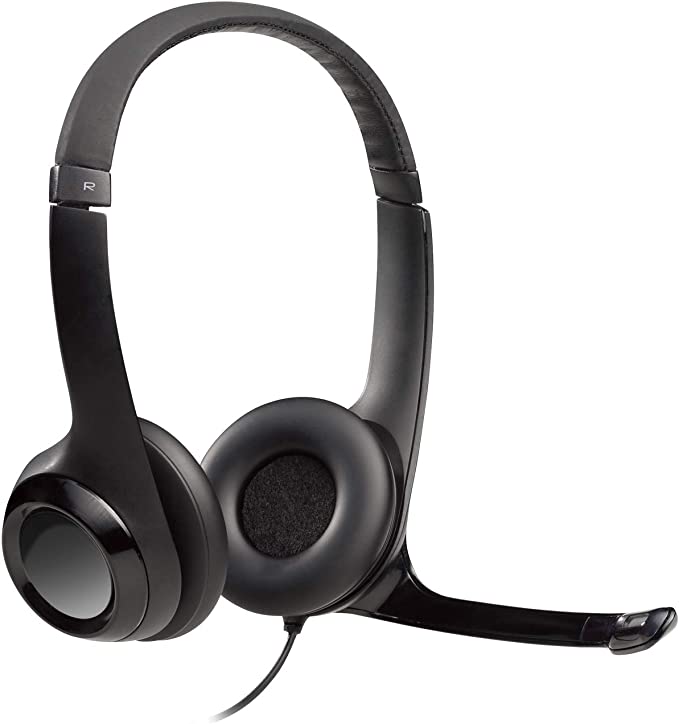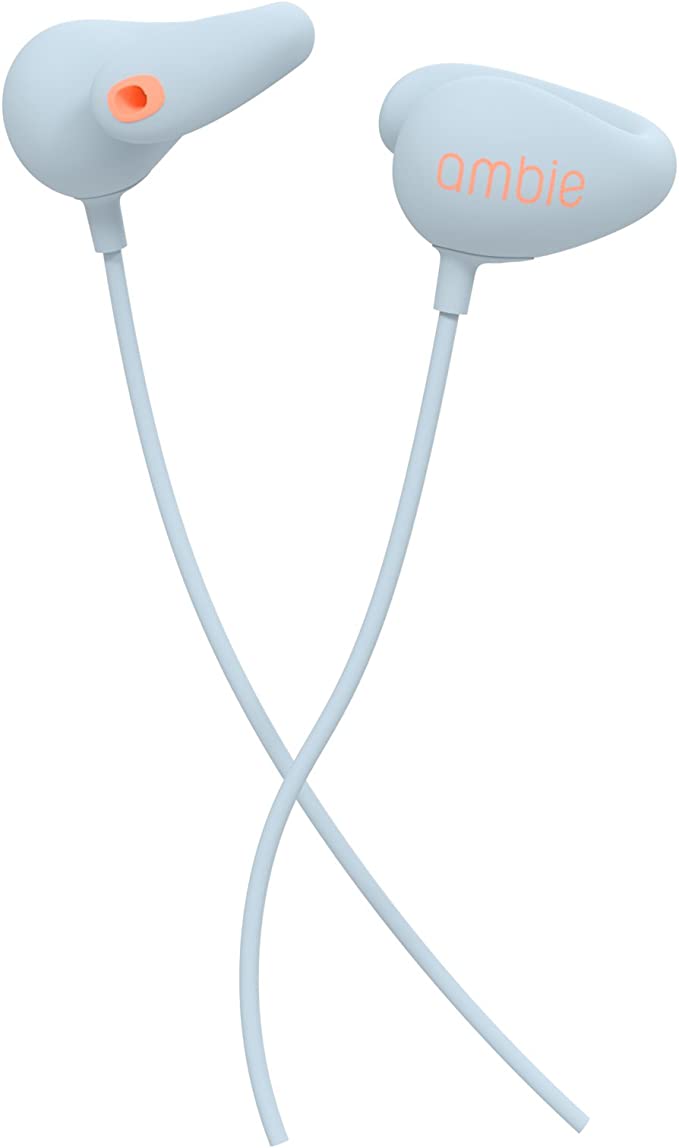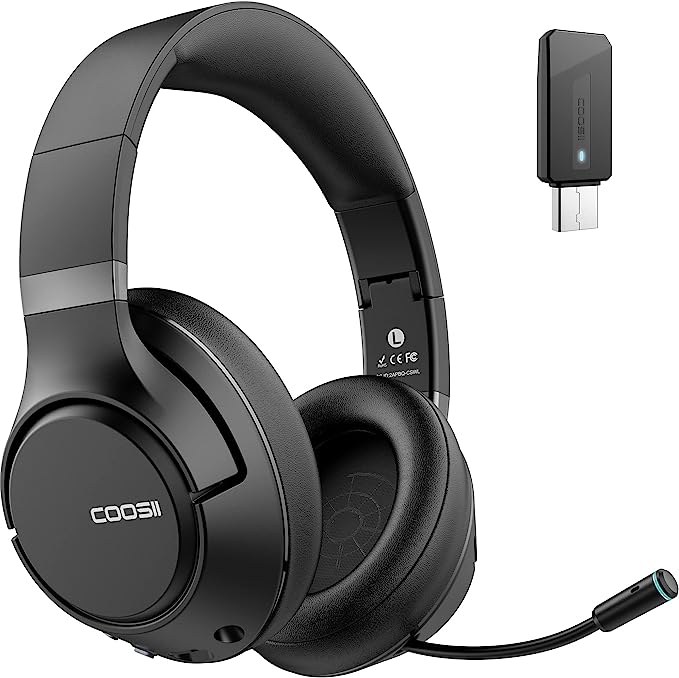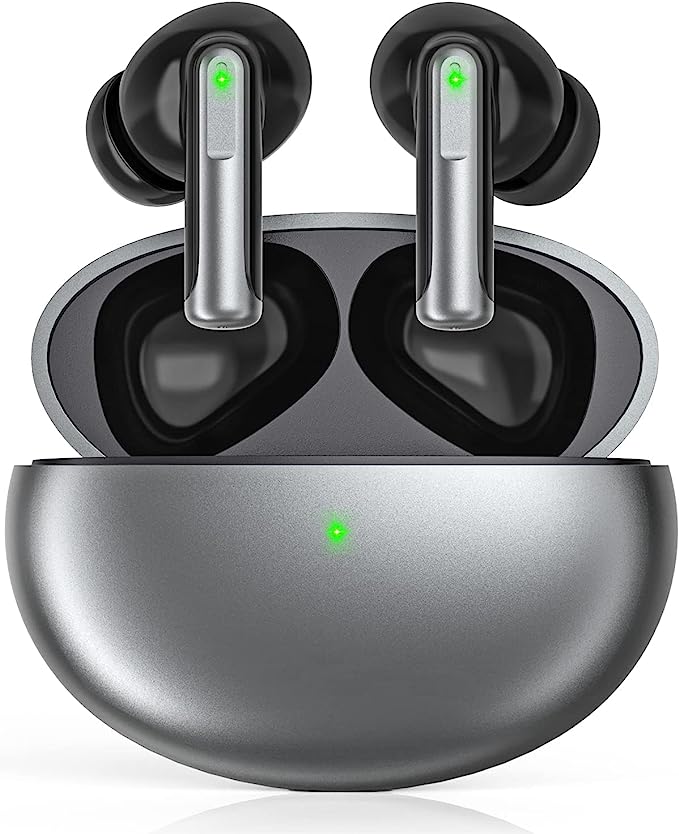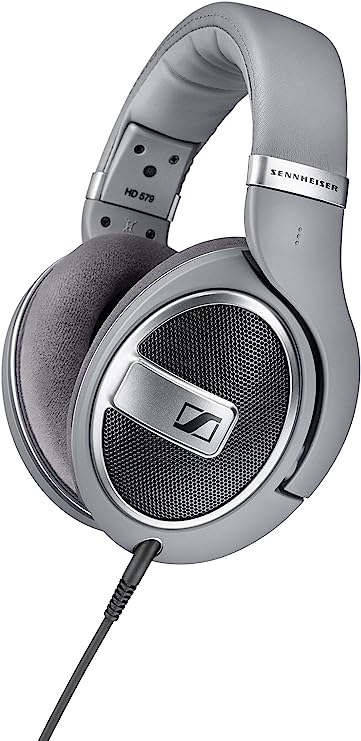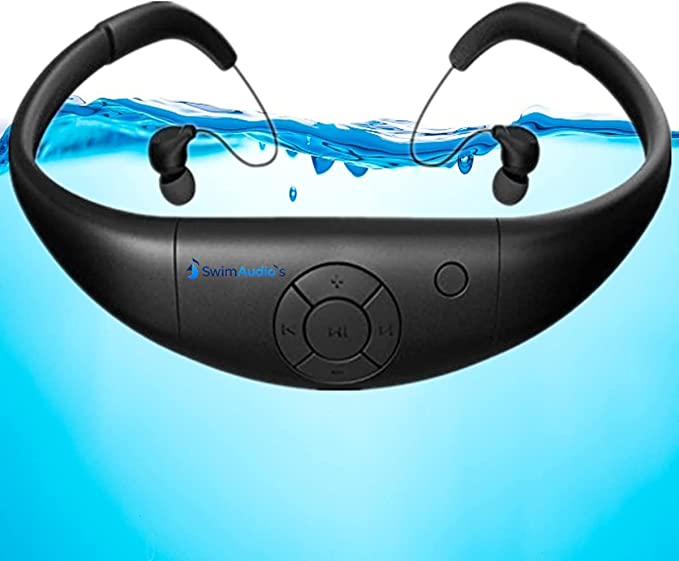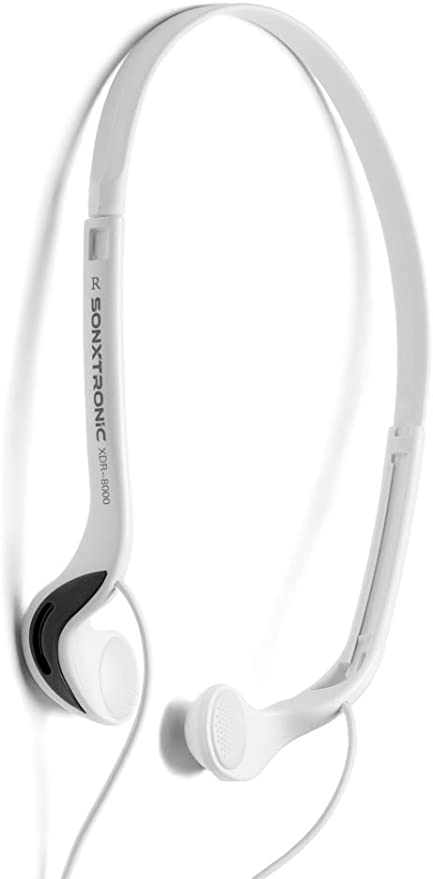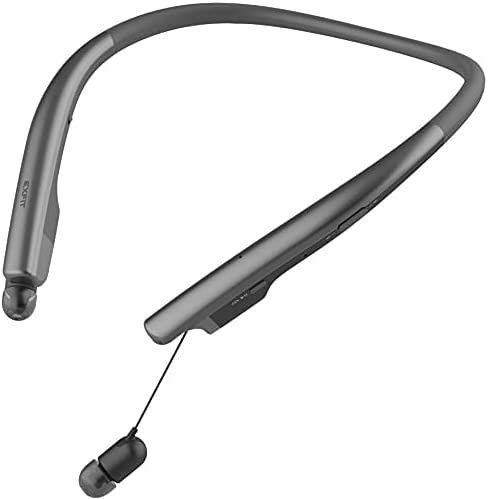Jabra Evolve2 True Wireless Earbuds: Your Portable Conference Room
Update on July 5, 2025, 8:17 a.m.
It begins with a low rumble, the distant hum of the city waking up. Then comes the staccato tap of a neighbor’s early-morning DIY project, a sound that drills directly into your focus. The blender in your kitchen whirs to life, a momentary industrial scream. A dog barks, a delivery truck beeps in reverse. This is the soundtrack to the modern workplace. For Alex, a project lead trying to deliver a crucial quarterly update from a home office, it’s a rising tide of auditory chaos threatening to drown a career-defining presentation.
The screen shows a grid of expectant faces, but Alex’s mind is racing, battling the noise. The core question of our hyper-connected, work-from-anywhere era isn’t about Wi-Fi speed or camera resolution anymore. It’s far more primal. In a world that never stops talking, how do we reclaim the fundamental right to be heard with clarity, and the sacred space to think in peace? The answer lies not in a single invention, but in a symphony of technologies, a carefully orchestrated masterpiece of physics and engineering designed to tame the chaos.

The Fortress of Solitude
The first line of defense against the invading hordes of noise is ancient and intuitive, a principle understood by anyone who has ever covered their ears. It’s the creation of a physical barrier. In the case of advanced in-ear devices like the Jabra Evolve2 Buds, this is the passive noise isolation provided by a perfectly snug fit. The soft silicone EarGels nestle into the ear canal, creating a seal—a simple, elegant fortress wall that physically blocks a significant portion of the outside world, particularly the high-frequency, unpredictable sounds like human chatter. This is the moat and castle wall, the essential foundation upon which a more profound magic is built.
But walls can’t stop the low, persistent rumbles of a world in motion—the hum of an airplane cabin, the drone of an air conditioner. To defeat these phantom frequencies, we need an invisible shield. We need Active Noise Cancellation (ANC).
The dream of an “anti-sound” device is surprisingly old. In 1936, long before the microchip, German physicist Paul Lueg filed a patent for a concept of cancelling sound by generating an inverted sound wave. His idea was revolutionary: what if you could fight sound with sound? Today, that dream is a pocket-sized reality. ANC works by employing tiny microphones on the outside of the earbud to listen to the incoming ambient noise. A powerful processor instantly analyzes this soundwave and generates a new, mirror-image wave—a perfect “anti-noise” signal that is 180 degrees out of phase. When the crest of the original noise wave meets the trough of the anti-noise wave, they annihilate each other in an act of beautiful physics known as destructive interference. The result, for the human ear, is a profound and almost unnerving quiet. It’s an elite guard of soundwaves, dispatched on a suicide mission to preserve your tranquility.

A Whisper Through the Bone
With the fortress secured and the world silenced, a new challenge emerges. How do you ensure your voice, and only your voice, escapes the citadel? In the past, a single microphone would simply capture everything—your words, the blender, the barking dog—and broadcast it all. The solution is a two-act play of acoustic engineering.
The first act features a spotlight. The Evolve2 Buds utilize a multi-microphone array that works like an “acoustic spotlight,” a technique known as beamforming. By triangulating the source of your voice, it focuses its sensitivity on you, dimming the sounds from the periphery. It’s a clever trick, but in truly noisy environments, even a spotlight can be washed out.
This is where the second act begins, with a technology so ingenious it feels like science fiction. It’s a story that starts not in a lab, but with a deaf 18th-century composer. To hear the music he could no longer perceive through the air, Ludwig van Beethoven would bite down on a wooden rod connected to his piano, feeling the vibrations of the notes through his jawbone. He was using bone conduction.

Sound is, after all, just a physical vibration. Modern earbuds have resurrected this principle with astonishing precision. Tiny, highly sensitive bone conduction sensors rest against your skin and, just like Beethoven’s rod, they detect the vibrations created by your vocal cords as they travel through your jaw. The scientific marvel here is that this signal is almost completely pure. It’s a ghost in the machine, a direct transcript of your voice, blissfully unaware of the airborne chaos engulfing you.
The final piece of this puzzle is the conductor of our symphony: a sophisticated Digital Signal Processing (DSP) algorithm. This intelligent processor acts as a conductor, listening simultaneously to the focused sound from the beamforming spotlight and the pristine whisper from the bone conduction sensors. In real-time, it assesses the quality of both streams and masterfully blends them, prioritizing the microphone for its richness in a quiet room, but instantly leaning on the bone conduction signal the moment the blender kicks in. The result is a voice that sounds consistently clear and natural, a calm monologue delivered from the heart of a storm.

The Unbreakable Thread
A perfectly sculpted signal is worthless if it frays or breaks on its journey. The final movement in our symphony is the art of connection, ensuring the digital handshake between your device and your ears is firm and unwavering.
The first layer is Bluetooth Multipoint, which elevates the standard wireless connection into a feat of digital diplomacy. It allows the earbuds to act as a loyal butler simultaneously serving two masters—your laptop and your phone. You can be immersed in a video on your computer, and when a call rings on your phone, the butler seamlessly presents the call to you, pausing the video without you ever having to fumble with settings. It’s a small convenience that completely redefines workflow.
For the most critical conversations, however, even the best butler can get caught in a crowd. A computer’s native Bluetooth often operates on a busy public highway, the 2.4 GHz frequency band, competing for space with your wireless mouse, keyboard, and every other Bluetooth device in the vicinity. This is where the dedicated Jabra Link 380 USB dongle becomes essential. It’s not just an adapter; it’s a private diplomatic channel. By plugging it in, you create a secure, exclusive connection to the earbuds, bypassing the public congestion. It’s the wireless equivalent of an armored car with a police escort, ensuring your audio message—both incoming and outgoing—arrives with minimal latency and zero interference. This robust, unbreakable thread is the final guarantee of clarity.
This is further protected by an IP57 rating, an official designation under the International Electrotechnical Commission’s standard IEC 60529. The ‘5’ signifies a high degree of protection against dust ingress, while the ‘7’ certifies that the earbuds can withstand submersion in up to one meter of fresh water for 30 minutes. It’s an engineering testament that a sudden downpour or a sweaty workout won’t sever this vital connection.
